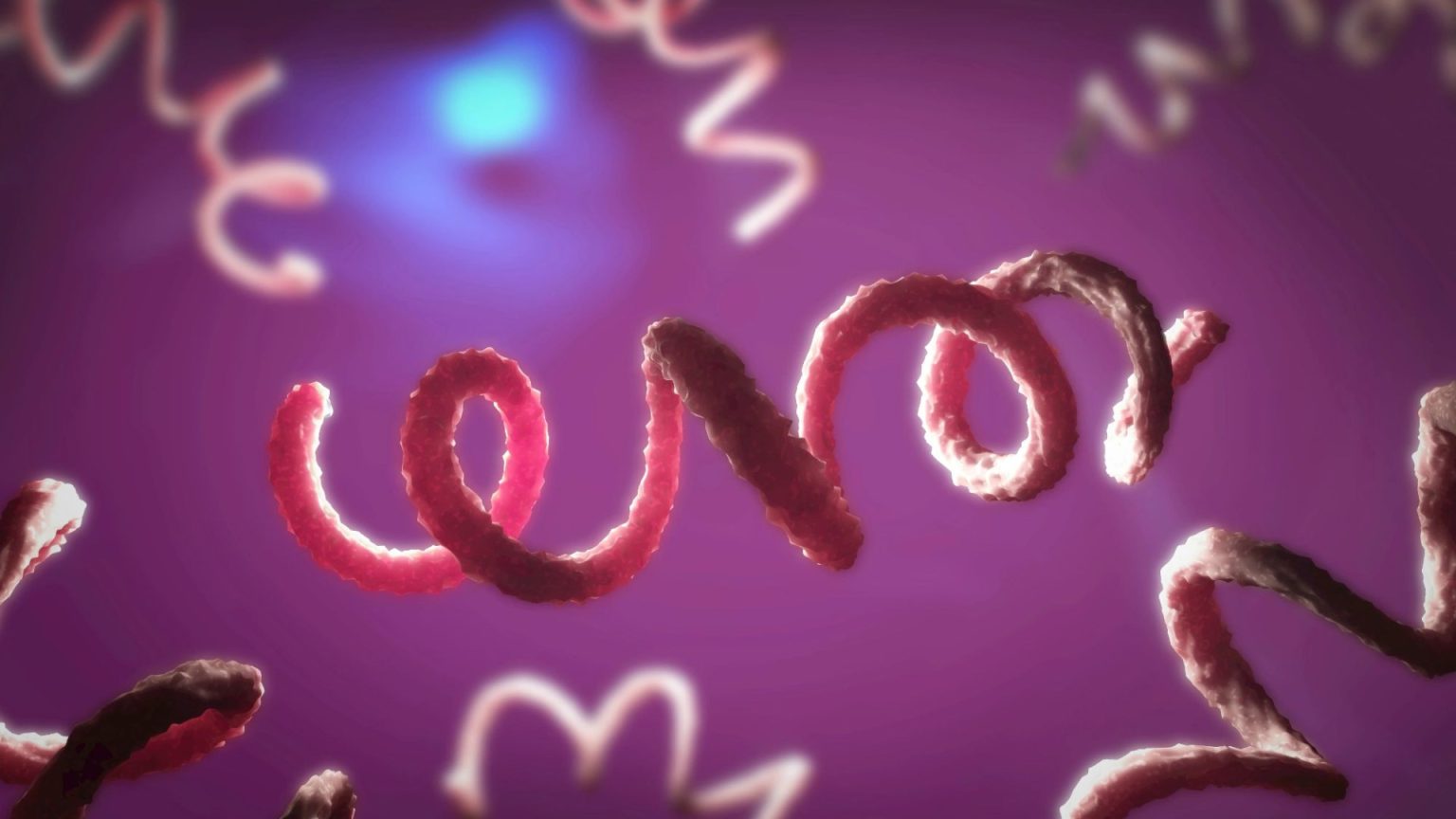A Brief Summarization and Humanization of the Content on sexually transmitted infections (STIs) in the 21st century: A Case Study of the Victorian Era with a Focus on Syphilis
In the 21st century, sexually transmitted infections (STIs) have become an pervasive and threatening issue, particularly with the rise of antibiotic-resistant organisms like gonorrhoea.玫瑰花粉菌 (Vibrio cholerae) and ceftriaxone-resistant strains (cefrons) emerged as new threats, exacerbating the global spread of infections like gonorrhoea and syphilis.
Rise in syphilis diagnoses
Diagnoses of syphilis, a sexually transmitted infection caused by Treponema pallidum, surged in the 2020s, reaching 13,030 cases globally in 2024. Early-stage syphilis diagnoses, particularly in the first 12 weeks after infection, increased by 5% from 2023, with 9,535 diagnoses reported in 2024. It is important to note that this rise is unrelated to heart disease, brain damage, or complications like ocular and otosyphilis but often reflects the progression or spread of the infection over time.
Symptoms and complications
Symptoms of syphilis are mild and can change frequently, but they may be undiagnosed for many individuals. Common symptoms include:
- Painful, númerososores ( …… in the penis or gone)
- Itches, bumps, and scaly growths on the body
- Flu-like symptoms, including a high temperature, fatigue, and loss of appetite
- White patches on faces, hands, or feet
- Harsh burns or scaling of the tongue
- A rash that spreads over the body, including a thorough HEAD
- Nerve pain or sensitivity
- Prolapse of the jaw and Mutables
-Joint pain or hearing loss
Symptoms may improve or leave the infection untreated, but if untreated, syphilis can lead to irreversible brain damage, dizziness, hallucinations, memory problems, and mental changes.
Drug-resistant ge PHP
Antibiotics, particularly ceftriaxone, become the primary treatment for gram-negative SHP情 (acquired Songe命短). However, if resistant to Čeftriaxone, certain strains of This POSTHOMONDEFUSE form (PTSA) have been identified, posing significant health challenges. PTSA are particularly dangerous as they can thrive despite exposure to the antibiotics.
The UK Healthy Security Agency (UKHSA) has warned that 14 of the 14 cases reported in 2025 for vandalism cwdophage (vvmd) are ceftriaxone-resistant. These cases are often associated with travel to Asia-Pacific regions, where resistance rates are particularly high.
Impact on vulnerable populations
Despite the metetyrama raised by the UKHSA, many STIs in the 22nd century remain underdiagnosed, leading to social distress for individuals and communities. These includegay and bisexual men, men who have sex with men (menSMOKES),fortune, and minority ethnic groups often threaten sexual health. They experience high rates of certain cancers, cardiovascular issues, and other serious health problems.
Prevention strategies
To prevent the spread of STIs, those in intimate or sexual contact should use condoms or dental dams when having oral sex, engage in regular testing, and avoid antibiotic-resistant infections. Additionally, it is important to complement prevention efforts with vaccination or thorough testing of risk groups.
Social media and anonymous communication have increasingly taken up space in missionary contexts, but caution is essential before engaging in unprotected or headset sex. Understanding the risks and consequences of unprotected sex is critical for sticking to self-control and maintaining relationships, even when confident in one’s sexual partnership.
The fight against STIs is not just about self-destructive actions but about curbing unsafe and uncontrolled sexual practices, reducing trust and consent among vulnerable populations, and raising awareness about the harm caused by STIs and related health conditions. Together, we must combat the growing threat of STI decline and ensure that dedicated preventive care reaches every individual.




